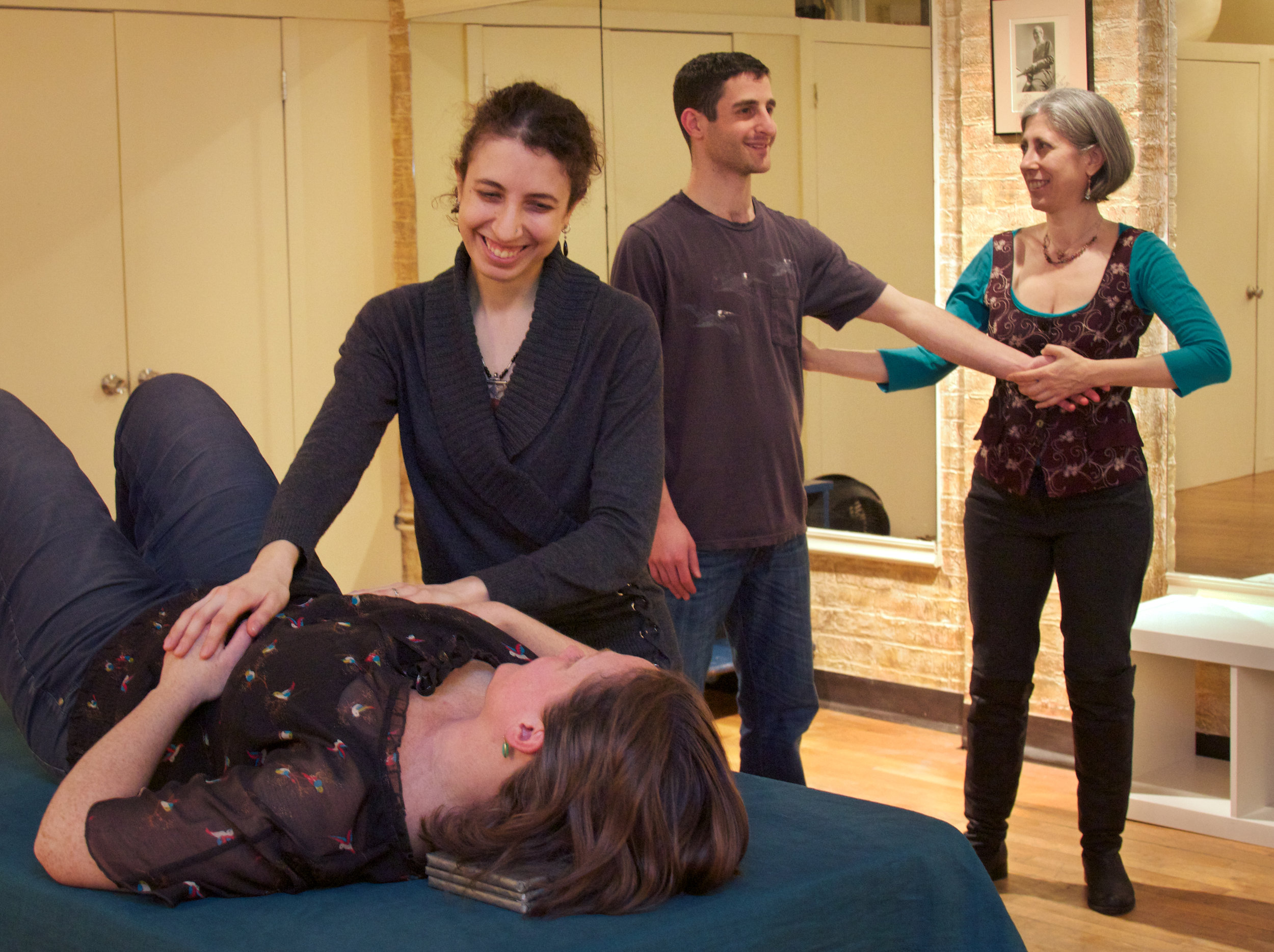 by Karen Krueger
In my last blog post, I wrote about why I chose to enroll in the teacher training program at the American Center for the Alexander Technique ("ACAT"), and described the unique strengths of the program. Graduating from that program was a bittersweet moment for me, as it seemed I would lose my connection to the community that I was a part of as a trainee.
by Karen Krueger
In my last blog post, I wrote about why I chose to enroll in the teacher training program at the American Center for the Alexander Technique ("ACAT"), and described the unique strengths of the program. Graduating from that program was a bittersweet moment for me, as it seemed I would lose my connection to the community that I was a part of as a trainee.
Luckily, as I soon discovered, ACAT gives its graduates many ways to remain part of the community. To begin with, there is the opportunity to serve as a volunteer faculty member. This meant that I could continue to participate in the training course at a level appropriate to my experience. Working with trainees was an ideal way to hone my hands-on skills, as ACAT trainees are expert at giving constructive verbal and nonverbal feedback. Participating in a training class also allowed me to observe and experience what the trainers were teaching, and to contribute with questions and observations from my own growing teaching practice.
In addition, I learned that ACAT is not just a training program. It is a not-for-profit membership organization, offering free and paid continuing education programs for teaching members and free and paid programming in the Alexander Technique for associate members and the general public. A majority of ACAT's Board of Directors are ACAT graduates.
ACAT teaching members offer monthly free introductions to the Alexander Technique. Volunteering to present or assist in these "Hands-On Demonstrations" is a great way for recent graduates to get valuable experience working with groups on the Alexander Technique. ACAT also sponsors low-cost drop-in group classes in the Alexander Technique, staffed by teaching members who have been active volunteers at the Hands-On Demonstrations.
In addition to these formal connections, ACAT graduates have their own more spontaneous ways of nurturing the ACAT community. Many of the people I trained with remain friends, have exchanges with each other to work on their skills, and refer students to each other. As I become a more experienced teacher, I find that my most valued form of continuing education is exchanging work with the ACAT people I met during my three years in the training course.
If you love the Alexander Technique, you can be a part of the ACAT community, even if you did not graduate from ACAT, by joining as a teaching member (if you are an AmSAT-certified teacher) or an associate member.
To learn more about the benefits of membership, go here.
To learn more about ACAT's teacher training program, go here.
[author] [author_image timthumb='on']http://www.acatnyc.org/main/wp-content/uploads/2015/10/karen-headshot-67.jpg[/author_image] [author_info]KAREN G. KRUEGER became a teacher of the Alexander Technique after 25 years of practicing law at two major New York law firms, receiving her teaching certificate from the American Center for the Alexander Technique in December 2010. Her students include lawyers, business executives, IT professionals and others interested in living with greater ease and skill. Find her at her website: http://kgk-llc.com. [/author_info] [/author]

 by Karen Krueger
In
by Karen Krueger
In